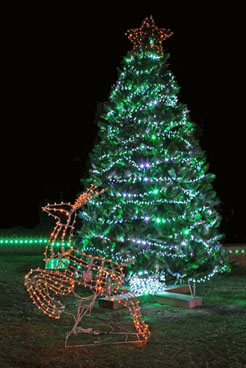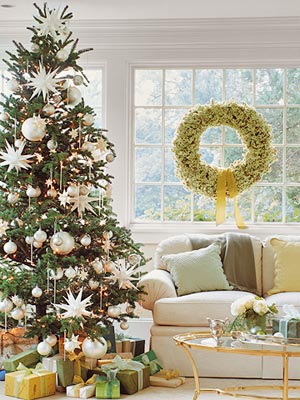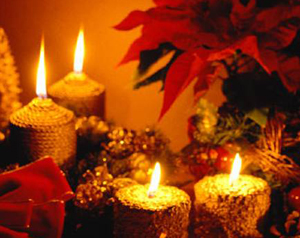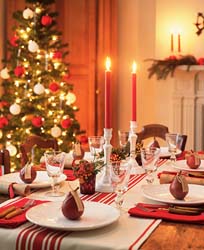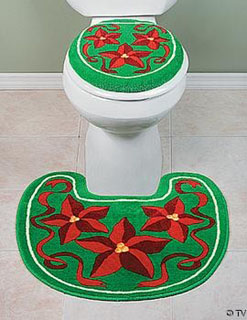
Plumbing experts say that their business jumps up at least 20% the day after Christmas. More house guests means busy kitchens and more food wastes down the drain, as well as extra showers and toilet flushes that can wear out your plumbing system. Nobody wants to spend their Christmas day stressing over pipes. Here are several things you can do to avoid holiday plumbing problems.
Don’t pour fat or cooking oil down the kitchen sink as these can solidify and cause clogs. Wipe the grease from your pots and throw them in the trash. Avoid throwing stringy waste like poultry skin and fruit peels in the garbage disposal. Sometimes they can’t grind these items very well and they’ll end up clogging the drain. Don’t wait til the garbage disposer is full before turning it on; put food debris in it while the disposer is running.
In the bathroom, spread out your showers throughout the day or wait ten minutes in between showers. This will allow your drains to to their job and gives your water heater some time to recover. Make sure the water heater is turned up to meet your house guests’ demands, but don’t exceed more than 125 degrees to avoid scalding. Place a wastebasket in the bathroom so your guests won’t use the toilet as the garbage can and instruct them to never flush down cotton balls, facial scrub pads, toilet paper, or similar items.
If you notice that any of your drains are running slower than usual, treat them with drain cleaning products before calling a plumber. Should you really need professional help, make sure to call the plumbing company before your dinner or party starts to avoid extra holiday service charge.
